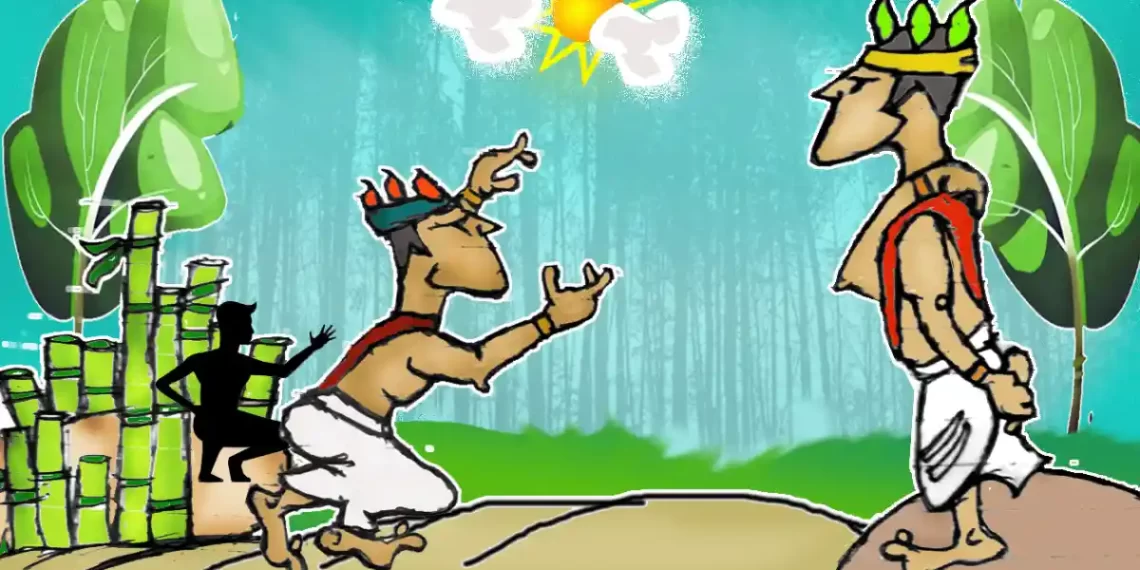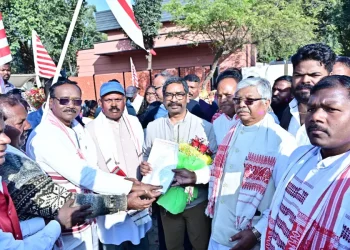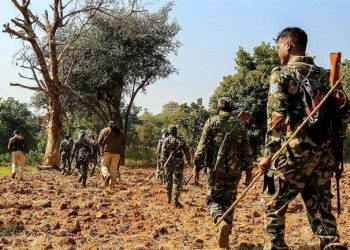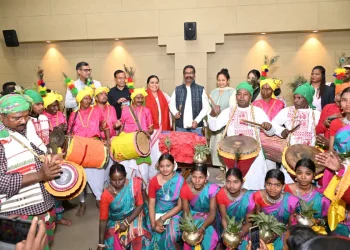Guwahati
Some tribal villages of Upper Assam play a game that somewhat emulates roosters, which is why it is so named.
Two 12-strong teams compete on flat open ground. All players on the field have to hop on one leg, folding it and holding it with one hand. The other hand is placed on the shoulder.
A bamboo enclosure is erected about 30 feet from one end of the ground. One team stands in a semicircle at this end, with three feet between players. As a result, the two players at either end of the semicircle are about 12 feet from the three odd players at the middle of the semicircle. On the referee’s signal, one player from the opposing team starts from somewhere close to the middle of the ground and races towards the bamboo enclosure.
The single player must hop his way to the bamboo enclosure while his opponents try to prevent his reaching there by colliding with him. If a player reaches the bamboo enclosure uncaught, his team gets a point. All players in the game get a chance to individually make a rush for the enclosure. The effect can be comical, though it entitles a lot of strength and agility on part of the players.
These cock fight races are played with gusto in the tribal villages of Upper Assam today especially during festive occasions like Magh Bihu and Bohag Bihu.
It is said that sometimes some village elders witness these games to choose able bodied (physically fit) young men as potential grooms for their daughters or granddaughters.
“Sometimes some young men who display great physical agility and endurance in these matches are also chosen by the relatively rich and prosperous farmers to work (on a wage basis) on their farmlands,” says Minakshi Adhikary, a Jorhat old-timer.
The circular cock fight races are consciously refrained from during the monsoon season as players can get engulfed in mud and stagnant pools of rainwater after falling down.






















